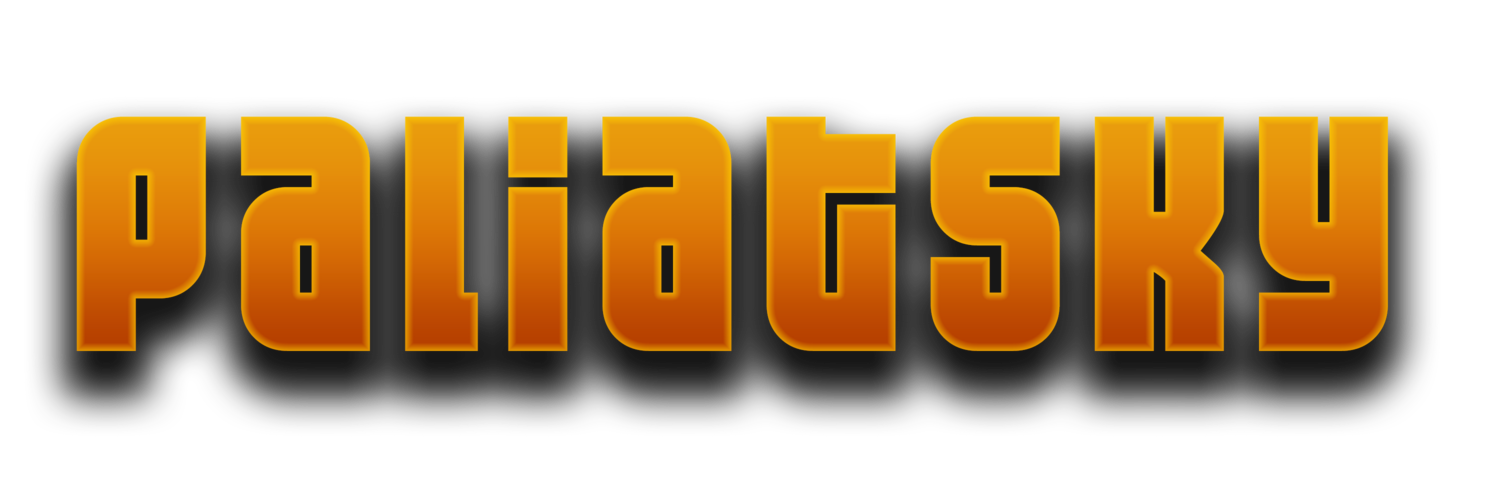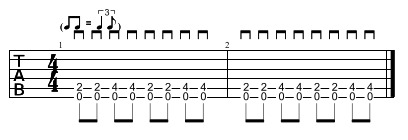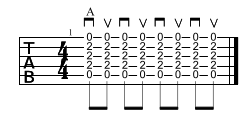The song "Good Riddance" is a great beginner song for picking and strumming. If you notice at the beginning of the picking section as well as the strumming section, there are indications of which way to strum your pick. If you have a hard time with the rhythm of the strumming section, then keep the rhythm of the picking section throughout the song.
The song is in the key of G, so the main chords used are I - IV - V - vi. It is a classic chord progression. The chords used are also a bit different. You simply keep your third and fourth fingers on the 2nd and 1st strings respectively, both on the third fret.
We hope you enjoyed this song. If you have any comments or questions, you can contact us at patrice@paliatsky.com













































